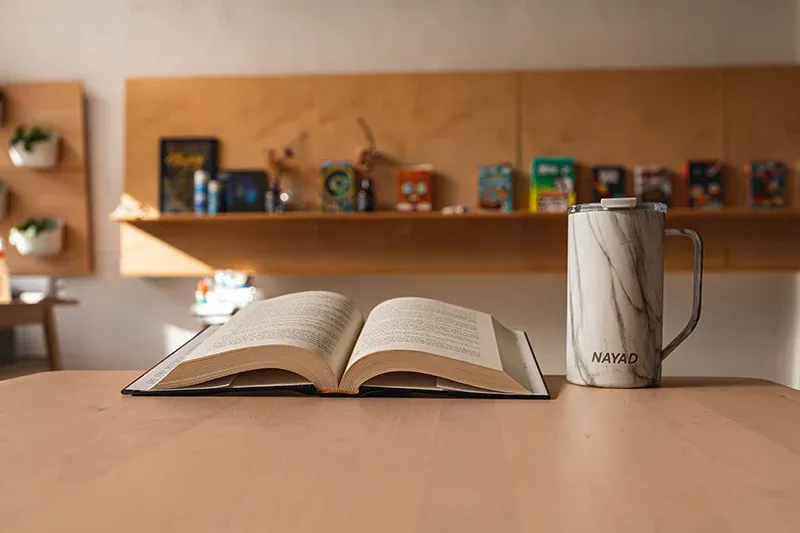

Transforming your living space into an eco-friendly sanctuary doesn’t mean sacrificing style or breaking the bank. Let’s learn more about this topic below with Dinosaur Game as we explore sustainable decorating techniques that blend aesthetics with environmental consciousness.
Sustainable decorating is more than just using environmentally friendly materials; it’s about creating a harmonious living space that considers both environmental impact and personal well-being. This approach focuses on utilizing renewable resources, reducing waste, and making mindful choices that benefit both your home and the planet. When decorating sustainably, consider factors like material sourcing, manufacturing processes, and the long-term durability of items.
The key to successful sustainable decorating lies in balancing functionality with environmental responsibility. This means choosing pieces that serve multiple purposes, investing in quality over quantity, and being mindful of the entire lifecycle of decorative items. By adopting these principles, you create a space that’s not only beautiful but also environmentally conscious.
Read more: Best Indoor Plants for Clean Air and Cozy Vibes
When selecting materials for sustainable decorating, prioritize natural and renewable resources. Bamboo, reclaimed wood, organic cotton, and recycled materials are excellent choices. These materials not only reduce environmental impact but often bring unique character and warmth to your space. Look for certifications like FSC (Forest Stewardship Council) for wood products and GOTS (Global Organic Textile Standard) for textiles.
Consider the durability and maintenance requirements of materials. High-quality, lasting materials might cost more initially but prove more economical and environmentally friendly in the long run. Natural stone, solid wood, and quality metals can last generations when properly maintained, reducing the need for frequent replacements.
One of the most creative aspects of sustainable decorating is breathing new life into existing items. Upcycling involves transforming old or unused items into something new and valuable. This could mean refinishing vintage furniture, converting old ladders into bookshelves, or turning mason jars into light fixtures. These projects not only reduce waste but also create unique, personalized decor items.
The art of repurposing requires vision and creativity. Before discarding any item, consider its potential for transformation. Old windows can become picture frames, vintage suitcases can serve as side tables, and worn fabric can be transformed into decorative pillows. This approach not only saves money but also creates interesting conversation pieces with history and character.
Lighting plays a crucial role in sustainable decorating, affecting both aesthetics and energy consumption. LED bulbs are the foundation of energy-efficient lighting, using up to 75% less energy than traditional bulbs while lasting significantly longer. Consider installing dimmer switches to further control energy usage and create adaptable lighting schemes.
Natural light should be maximized whenever possible. Strategic placement of mirrors can help reflect and amplify natural light, reducing the need for artificial lighting during daylight hours. Light-colored window treatments and reflective surfaces can also help maximize natural light while maintaining privacy and temperature control.
Incorporating plants into your decor isn’t just aesthetically pleasing; it’s a fundamental aspect of sustainable decorating. Indoor plants improve air quality, reduce stress, and create a connection with nature. Choose low-maintenance plants suitable for your space’s light conditions and consider creating vertical gardens or living walls for maximum impact.
Beyond plants, natural elements like stones, shells, and branches can add texture and interest to your decor. These elements bring the outdoors in and create a calming, organic atmosphere. Consider creating seasonal displays using found natural objects, which can be returned to nature or composted when no longer needed.
Textiles significantly impact both the look and environmental footprint of your space. Choose organic, natural fibers like cotton, linen, and hemp, which are biodegradable and often produced with fewer chemicals. Look for secondhand textiles or vintage fabrics, which often offer unique patterns and superior quality while reducing waste.
Consider the maintenance requirements of textiles when making selections. Washable, durable fabrics that don’t require dry cleaning are more environmentally friendly in the long run. Invest in quality pieces that will last longer and choose timeless patterns and colors that won’t quickly go out of style.
Read more: Low-Waste Home: How to Start With Zero Stress
Sustainable decorating should embrace the principles of a circular economy. This means considering how items can be reused, recycled, or biodegraded at the end of their life cycle. When purchasing new items, look for those made from recycled materials or those that can be easily recycled. Create a system for rotating seasonal decor items rather than purchasing new ones each year.
Develop relationships with local artisans and secondhand shops to maintain a sustainable flow of decor items. Consider participating in furniture and decor swap events or online communities focused on sustainable living. This approach creates a community-oriented system that benefits both the environment and local economy.
Proper maintenance of sustainable decor items is crucial for longevity. Use natural cleaning products and develop regular maintenance routines to extend the life of your decorative items. Learn basic repair skills to fix minor issues before they become major problems requiring replacement.
Document care instructions for different materials and create a maintenance schedule to ensure proper upkeep. This systematic approach helps preserve the quality and appearance of sustainable decor items while preventing premature replacement and waste.
Sustainable decorating is an ongoing journey that requires thoughtful consideration and creative problem-solving. By focusing on quality materials, repurposing existing items, and maintaining what we have, we can create beautiful, environmentally conscious spaces that reflect our values and support planetary health. Remember that small changes add up to significant impact over time, and every sustainable choice contributes to a healthier planet and more harmonious living space.